This Hainanese Kaya post may contain affiliate links. Please read my disclaimer.
My grandmother makes the best kaya, hands down. I was never a fan of kaya as I didn’t like the custardy texture of it, until I tasted her kaya and I was sold. Her version is a flowy fluid brown kaya that, according to my mother, was cooked in milo tins over an old fashion charcoal stove, using duck eggs and cooked by stirring it for hours. It’s a true labour of love. But these days where can I find duck eggs and where can I find the time and patience to sit by the charcoal stove and stir for hours?
Many recipes out there indicate that you got to keep stirring the jam over low fire for at least an hour or more. I chanced upon KitchenTigress and WhatToCookToday. KitchenTigress recommended to use egg yolks without the whites, normal sugar and palm sugar and coconut milk. Because the egg white is composed of mostly protein and water, it coagulates (becomes solid) around 62°C, causing the white to cook faster than the yolk. Her method does not require the double-boil, ie cooking in a bowl over a pot of boiling water. WhatToCookToday suggested the use of coconut cream instead of coconut milk, since it’s thicker, it reduces the cooking time. Brilliant ladies!
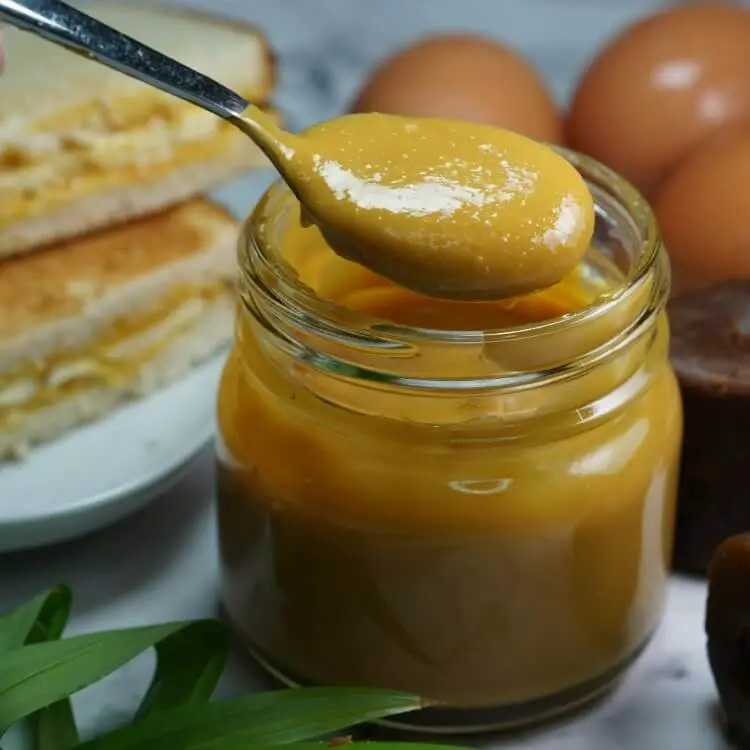
What is Kaya?
Kaya is a sweet jam commonly found in Southeast Asia, made of coconut milk, pandan leaves (screwpine leaves), sugar or palm sugar and eggs. In Indonesia, it is called the selai srikaya. In Thailand, their version is called sangkhaya (สังขยา). While in The Philippines, they have the matamís sa báo (matamís na báo or minatamís na báo), is made from coconut cream and cane sugar extract.
It’s commonly eaten with toast during breakfast or teabreak. I love it on a thin slice of toast with cold cut butter.
There are two types of kaya, the Hainanese kaya which is brownish and caramelised with sugar, and the Pandan Kaya which is green in colour because of the pandan leaves.
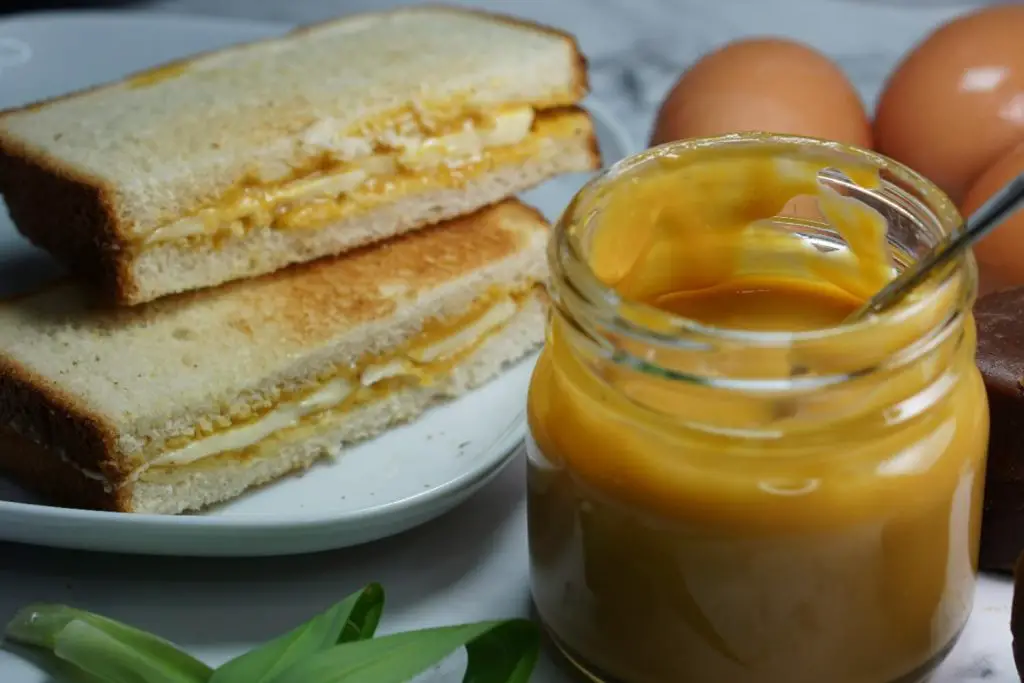
I have also baked some kaya jam thumbprint cookies and kaya puffs and steamed pulut tai tai.
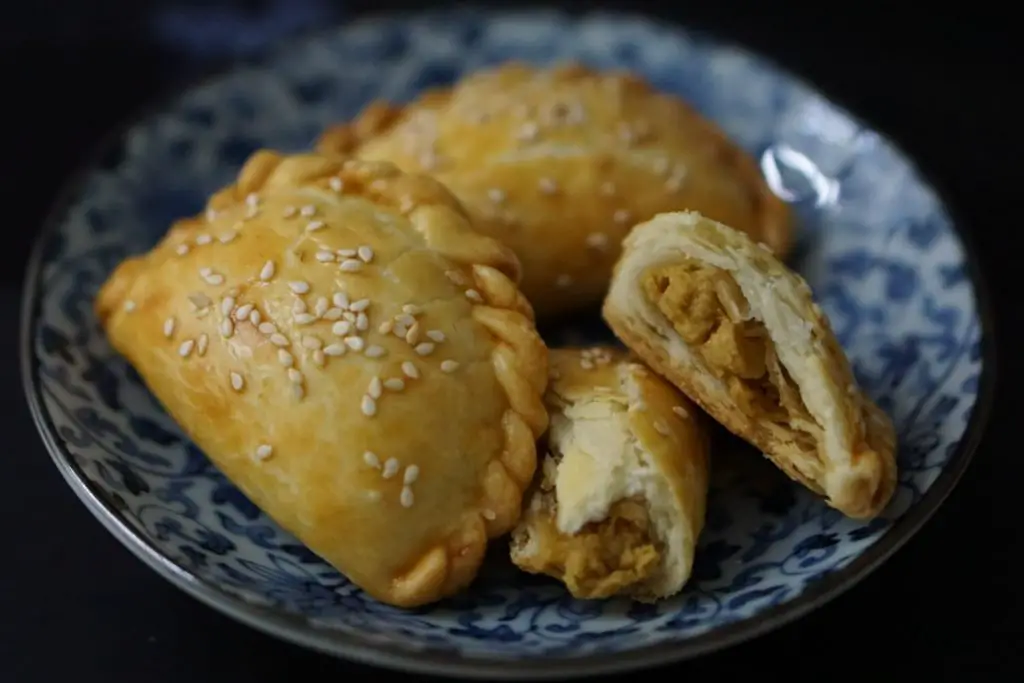
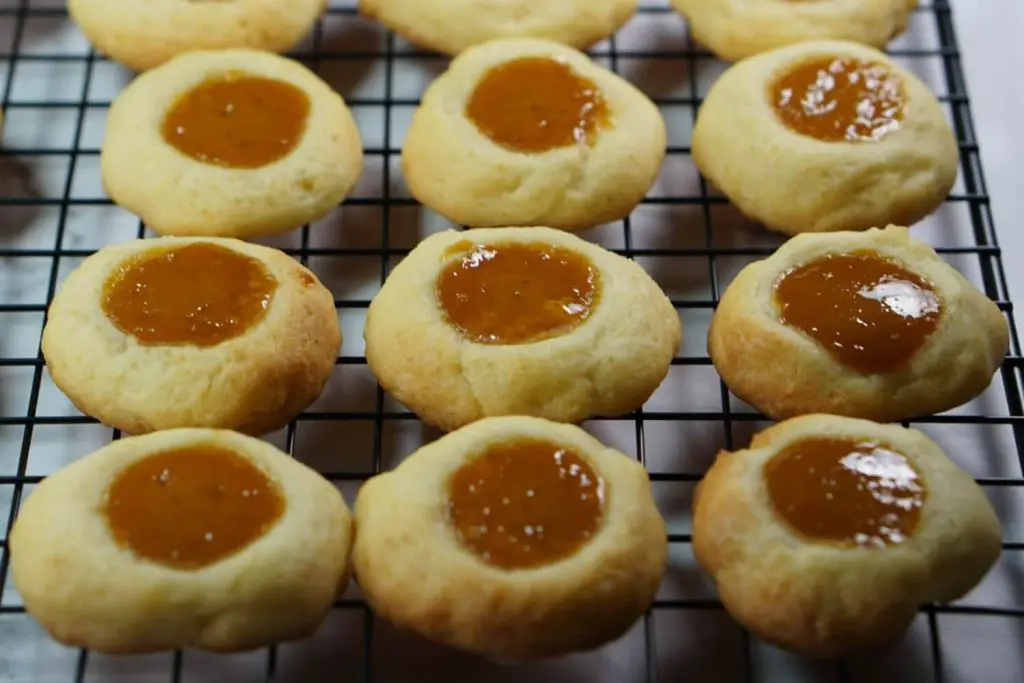
The Kaya Ingredients
So in this recipe, I used 200ml of coconut cream, yolks from 4 large eggs, 50g of gula melaka (a type of palm sugar) which I still find too sweet for my taste, 5-6 pandan leaves (screwpine leaves) which I grew myself. I used a non-stick pot as recommended by my mummy, it makes the stirring really smooth and easy.
Some recipes ask for normal sugar and you caramelise the sugar over heat. Some calls for brown sugar. I prefer gula melaka as it has a unique flavour of its sweetness. See another of my recipe that uses gula melaka, the ondeh ondeh.
When cooking, the coconut jam turns thick rather quickly at about 6-minute mark. When I turned off the heat, it’s in a texture that’s slightly thick and you got to leave it as is as it’ll thicken more after being chilled.
I also tried using half coconut cream (100ml) and half coconut milk (100ml), it takes slightly longer to cook, about 5-8 minutes more to get the same texture I did for using 200ml of coconut cream.
There is a difference between coconut cream and coconut milk. Coconut milk has higher fat content and when diluted with water, it becomes coconut milk. Many coconut brands you see in the supermarket such as Santan and Kara have coconut cream and coconut milk.
I always let my mother be the first person to try the food I make. She said it reminds her of the kaya she had in her kampong (village) in Malaysia when she was little, looking very nostalgic. I was really moved.
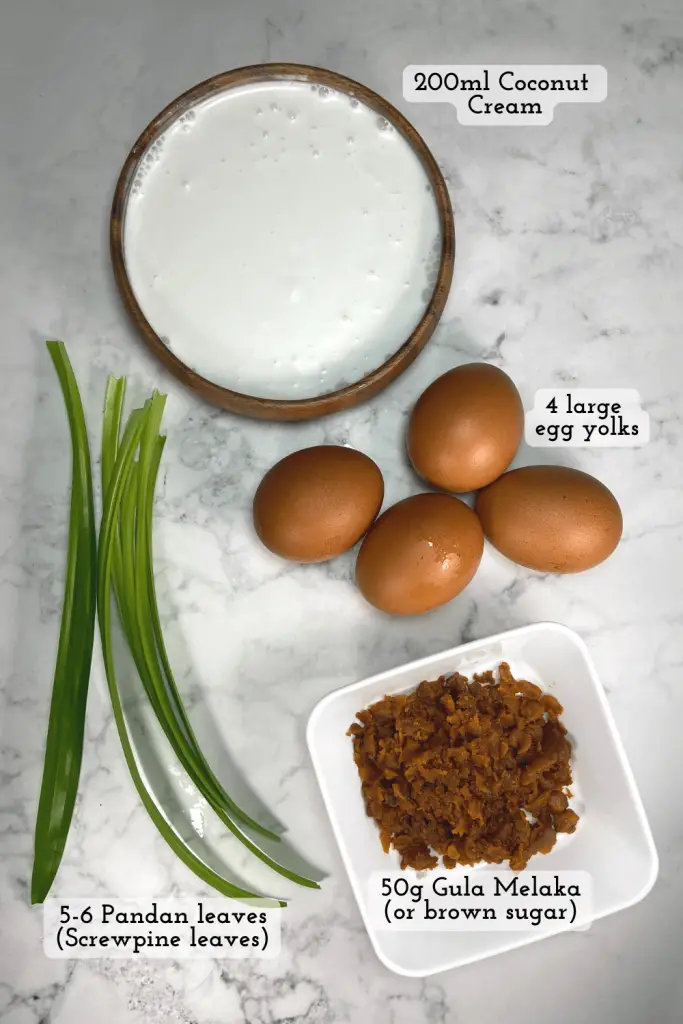
Watch The Recipe On YouTube
Save this Hainanese Kaya recipe on Pinterest
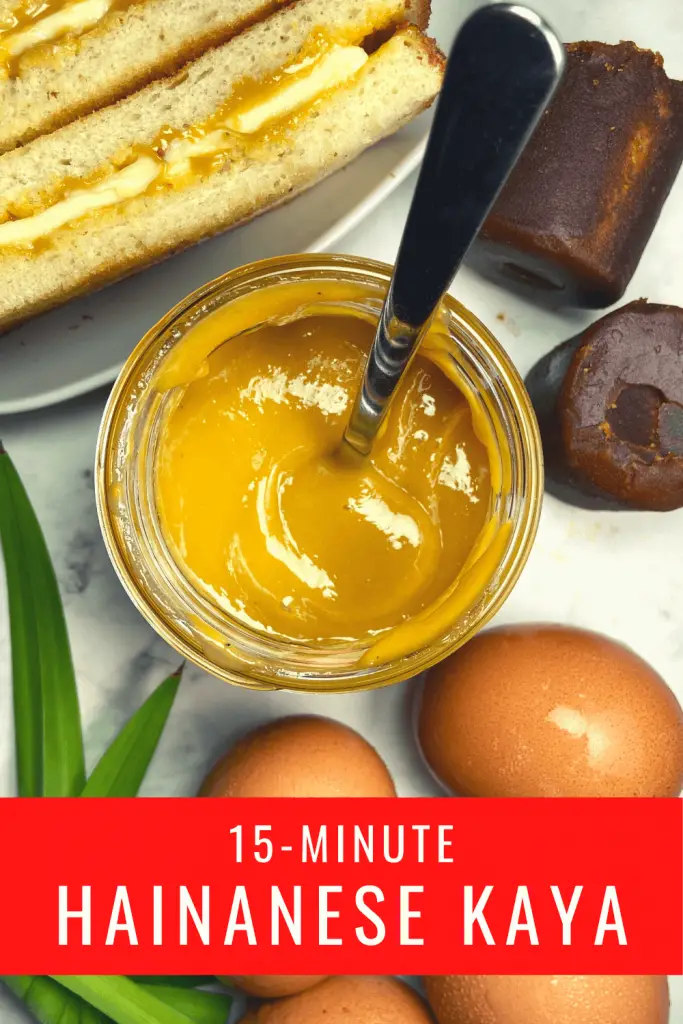
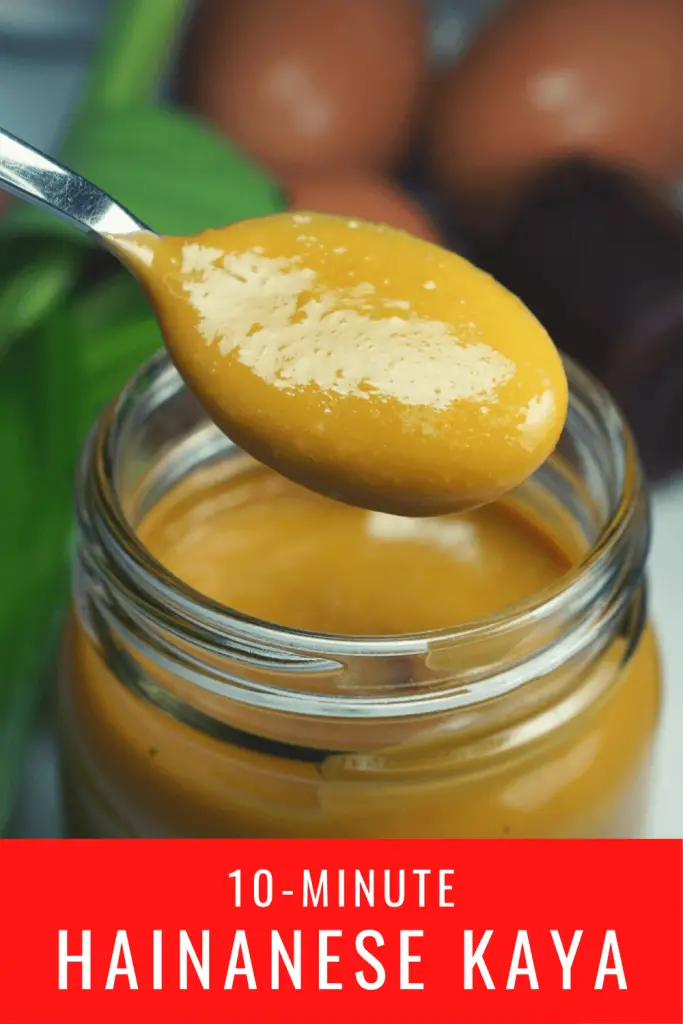
10-Minute Hainanese Kaya 海南咖椰醬
Ingredients
- 200 ml coconut cream
- 50 g gula melaka or brown sugar (shave it into tiny pieces if it comes in a block)
- 4 large egg yolks
- 5-6 pandan leaves washed, (screwpine leaves)
Instructions
- Separate 4 large egg yolks from egg whites. Remove egg whites as much as possible.4 large egg yolks
- Whisk egg yolks.
- Warm 200 ml coconut cream and 50 g gula melaka over low heat in a non-stick pot. Cut 5-6 pandan leaves into smaller pieces (about 1 inch) and add to the mixture.200 ml coconut cream, 50 g gula melaka, 5-6 pandan leaves
- Stir to mix well. Coconut mixture will turn brown because of the gula melaka. Gula melaka will dissolve into the mixture. Let it simmer but not to boil.
- Reduce heat further to the minimal, Keep stirring the mixture while slowly pouring the egg yolks to ensure the yolks are not cooked. There might be some lumps initially.
- Stir constantly. The mixture will start to thicken at around 6 minutes.
- The mixture thickens further at around 8 minutes at an internal temperature of about 68 degree celsius / 154 degree Fahrenheit. After around 10 minutes, the jam should be thick enough to coat the spatula. Turn off heat.
- Let it cool. Sieve the jam to remove the pandan leaves.
- Store in airtight container. Kaya can be stored in the fridge for up to 10 days. Kaya will thicken slightly more after chilled in the fridge.
Video
Notes
Nutrition
Sharing this recipe with Fiesta Friday, Miz Helen Country Cottage, Southern Plate, Lazy Gastronome.

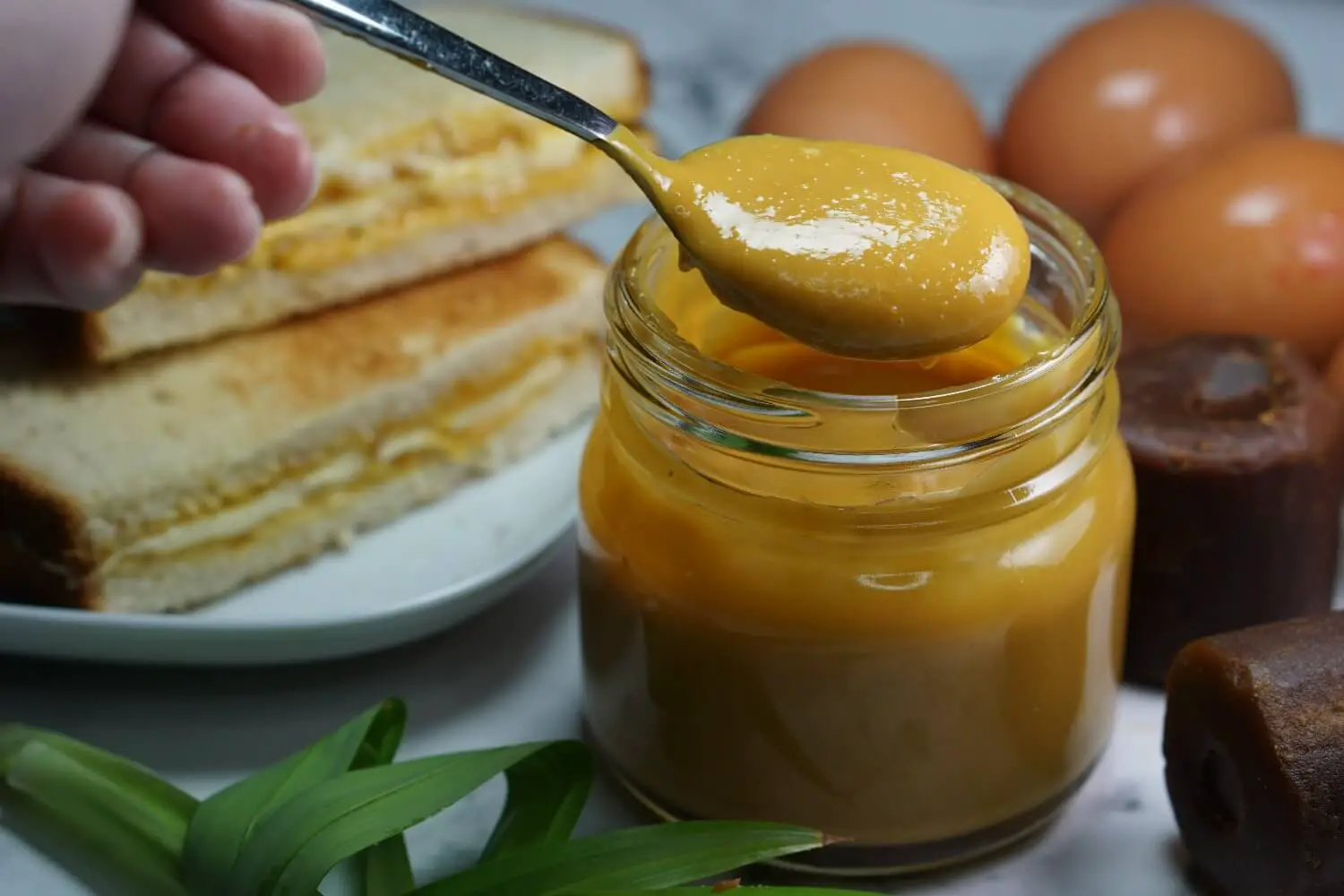
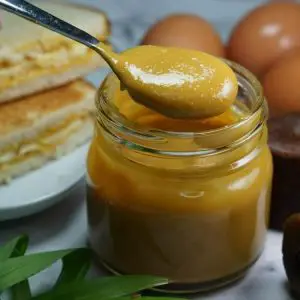
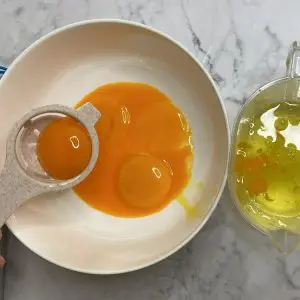
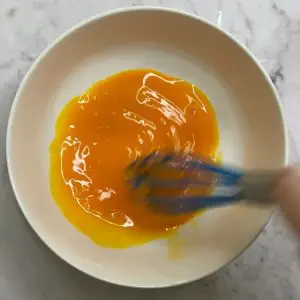
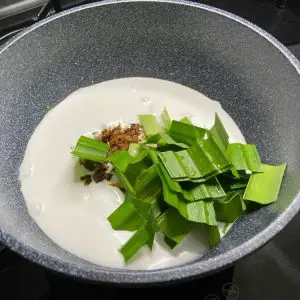
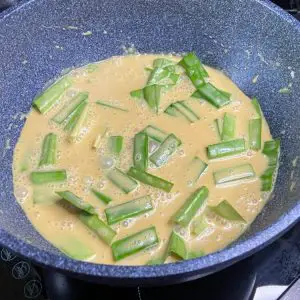
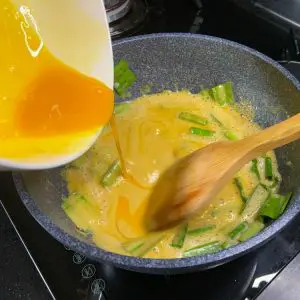
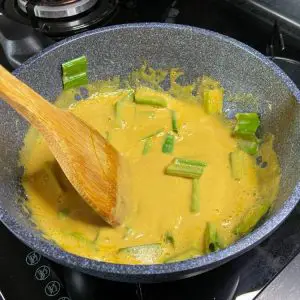
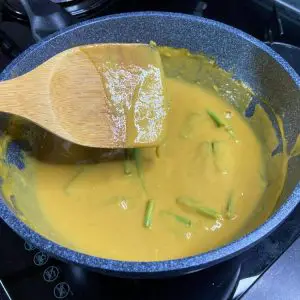
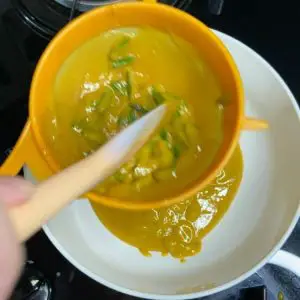
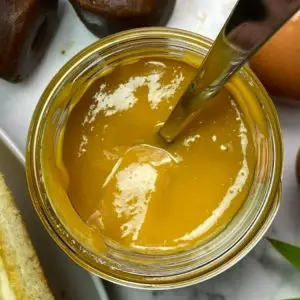
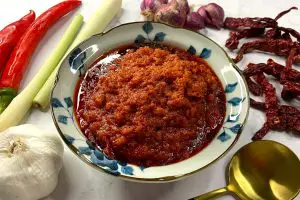 Sambal Chilli Recipe 参巴辣椒酱
Sambal Chilli Recipe 参巴辣椒酱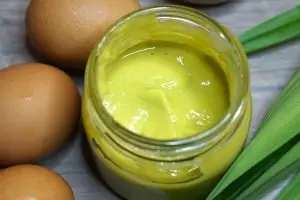 Pandan Kaya Quick & Easy Recipe 班兰咖椰醬
Pandan Kaya Quick & Easy Recipe 班兰咖椰醬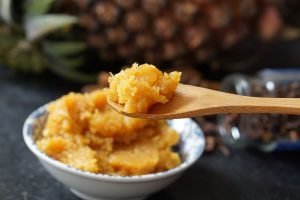
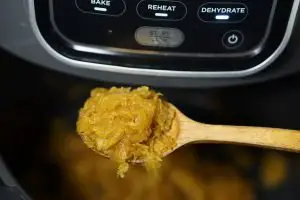

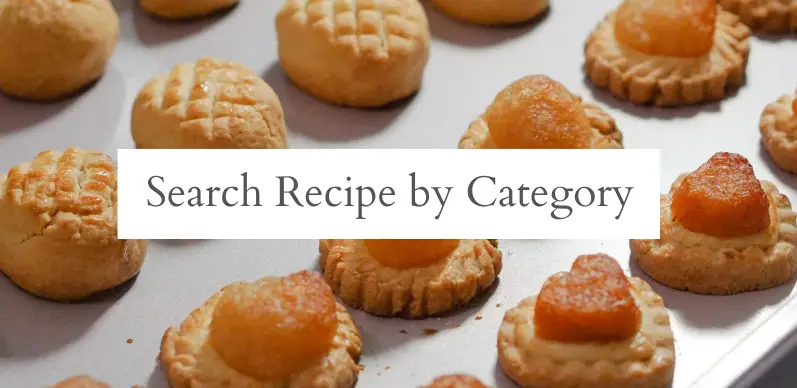
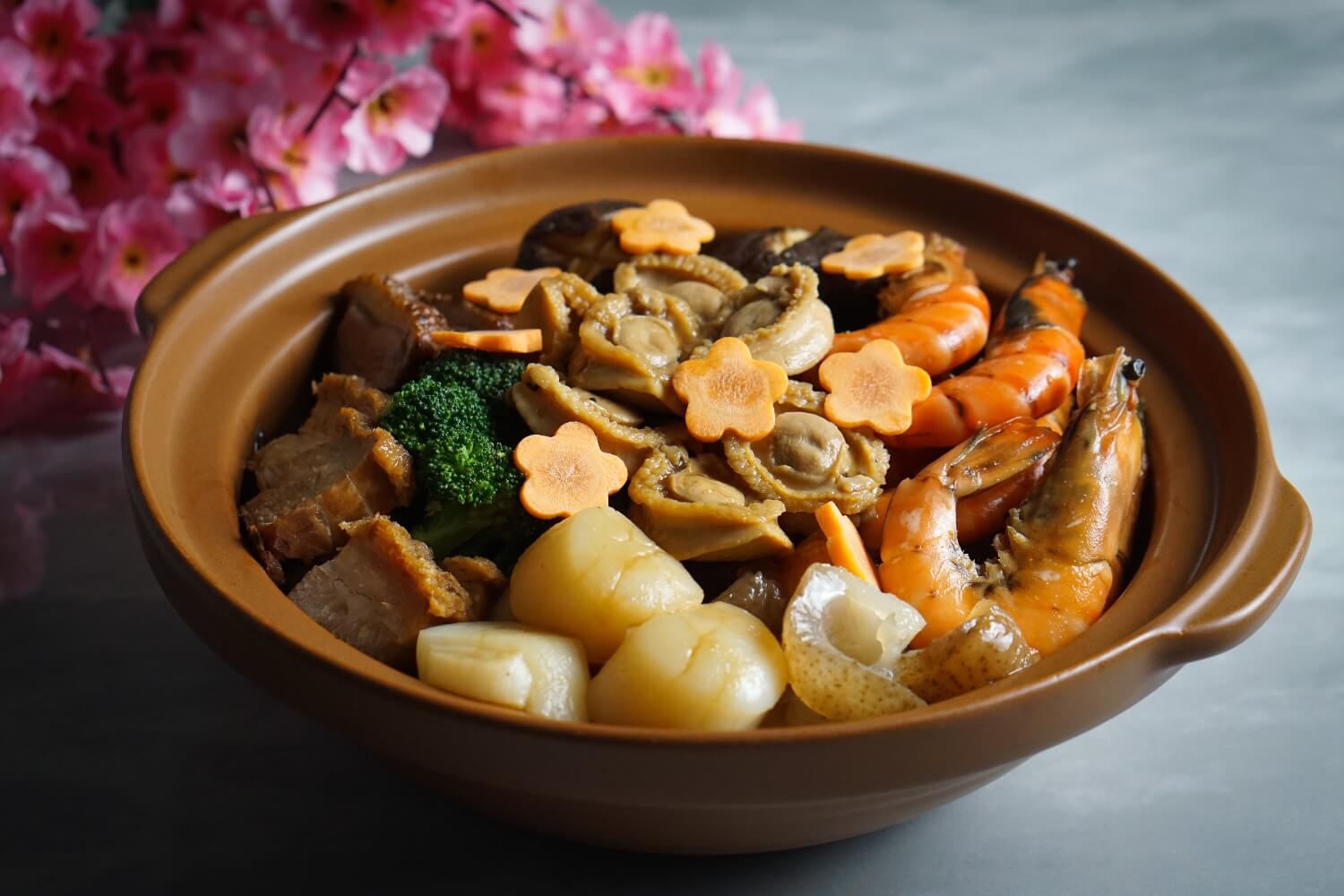
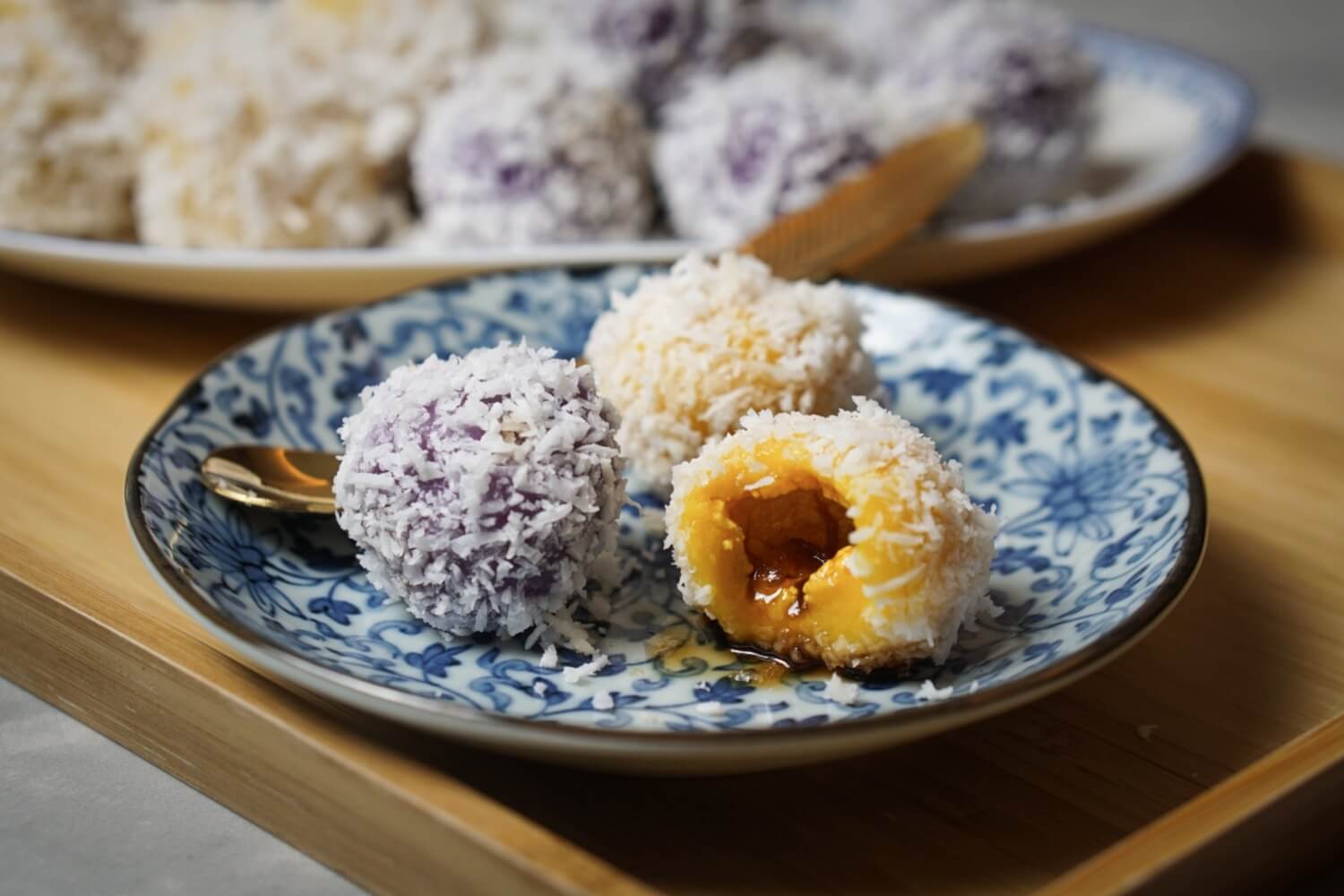
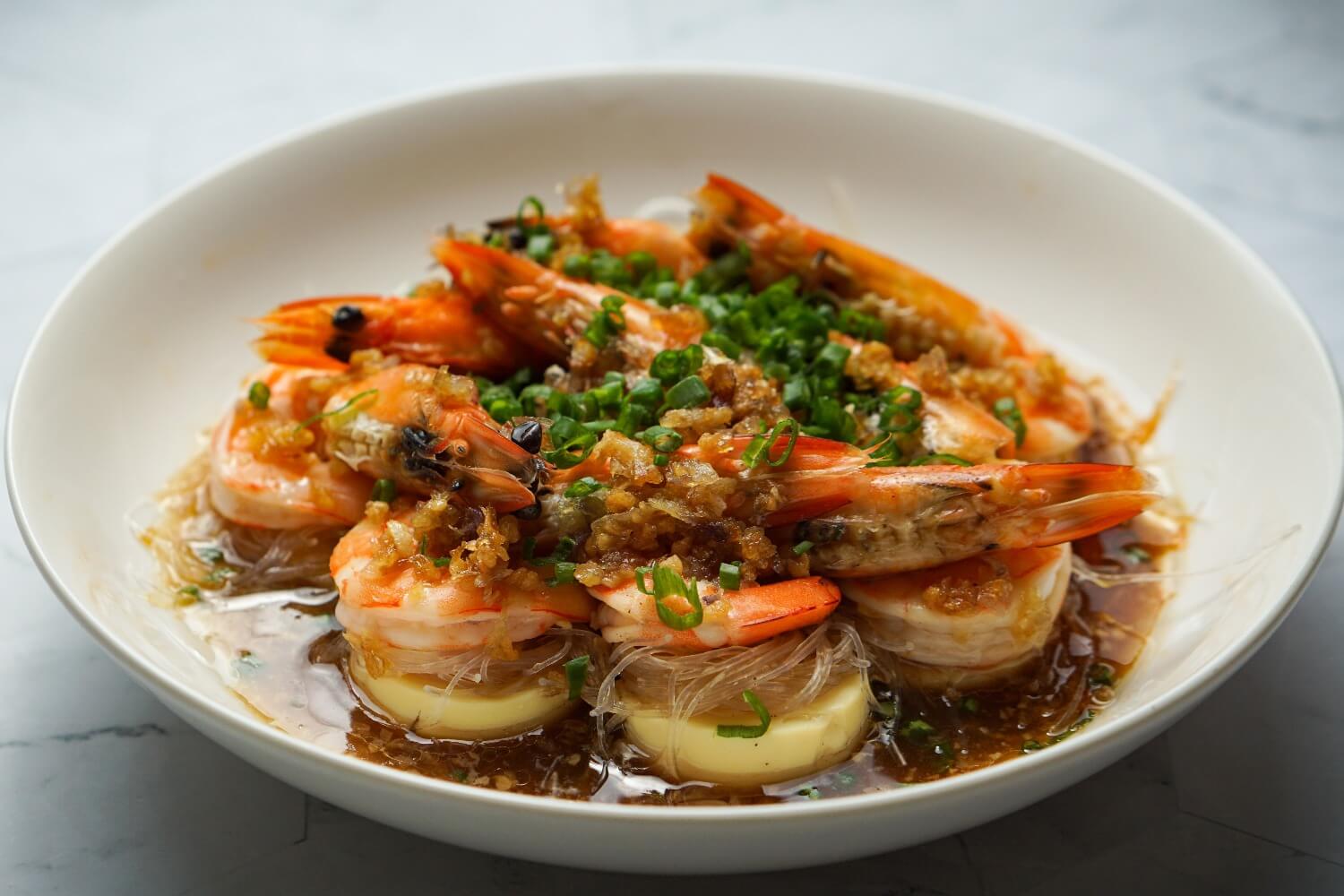
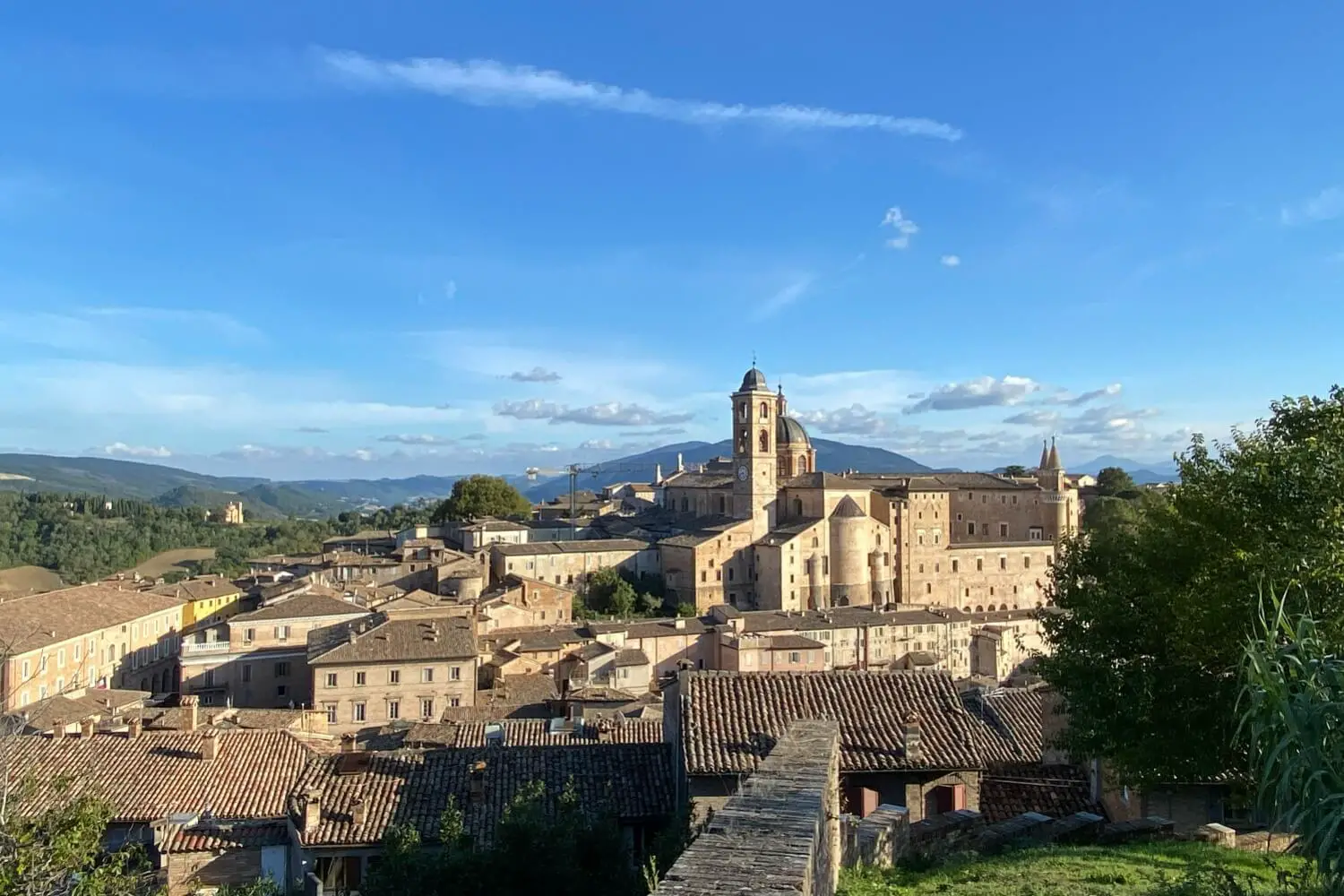
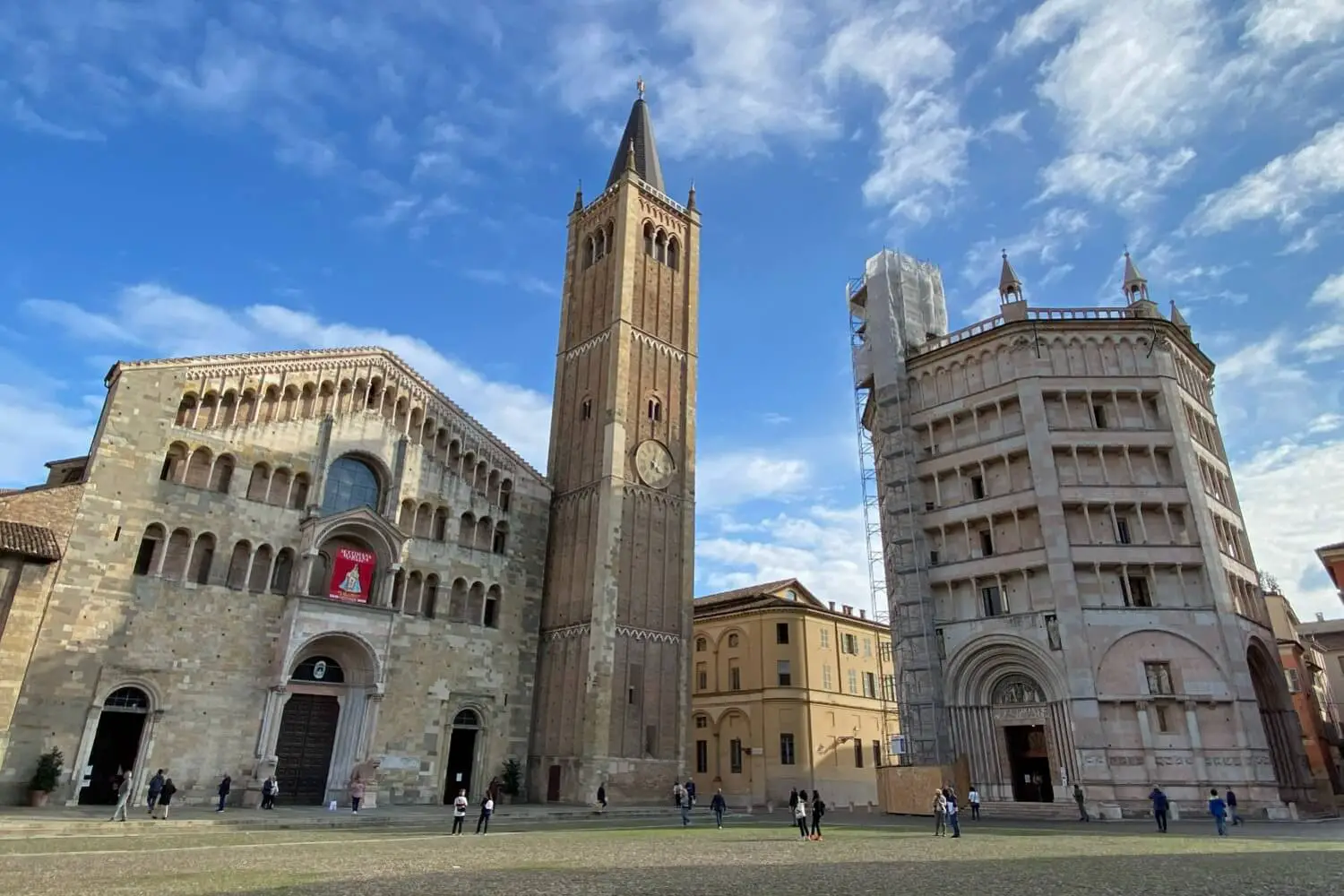

4 March 2022 at 1:57 pmI wanna try soon, looks exquisite
4 March 2022 at 2:09 pmThanks Alex!
4 March 2022 at 4:10 pmThis sounds so interesting, Pauline, I’m excited to try it. Your thumbprint cookies look amazing too! Hope you have a great weekend, CoCo
5 March 2022 at 10:23 amThanks so much Coco! See you soon!
5 March 2022 at 5:04 pmTotally new idea to me, and so intriguing!
5 March 2022 at 5:28 pmThanks Michele 😀
5 March 2022 at 5:33 pmI’d never heard of kaya before, but it sounds so delicious! Thanks for sharing.
6 March 2022 at 2:49 amOh yes! It’s a very typical coconut jam commonly found in Southeast Asia. Hope you get to try it 😀
9 March 2022 at 1:55 pmBeautiful recipe, Pauline. And takes only 10 minutes to make? That’s a win-win! Thanks for cohosting Fiesta Friday this week. I hope you had fun.
9 March 2022 at 3:32 pmThanks Angie, yup 10 minutes for this :D. Thanks for having me, it was very lovely. See you soon!
9 March 2022 at 9:38 pmThanks so much for sharing your awesome post with us at Full Plate Thursday, 578. Hope you have a great week and come back to see us real soon!
Miz Helen
10 March 2022 at 3:38 amThanks Miz Helen for hosting! Was very lovely! See you soon 😀
10 March 2022 at 11:16 pmThis sounds really good. I need to try it before I make it – so I pinned it for later!! Thanks for sharing at the What’s for Dinner party. Hope your week has been amazing!
11 March 2022 at 1:18 amThanks so much Helen! Thanks for hosting, I had fun. See you soon!
13 March 2022 at 12:06 pmNever know making kaya can be so fast and easy. Will definitely try your recipe❤️Thanks for sharing🙏
13 March 2022 at 1:59 pmYup now I don’t have to stir for hours to make kaya LOL
17 May 2023 at 2:03 pmI used the same recipe:
50g dark gula melaka
200no coconut cream
4 egg yolks
5-6 pcs pandan leaves.
I couldn’t get the colour that is typical of Hainanese kaya. It’s more yellow, less brown.
Please help!
21 May 2023 at 11:03 pmHI Agnes, I’m not sure what went wrong as I’m not in the same kitchen as you while you make it. But I won’t be too concerned about the colour as long as the taste is great.